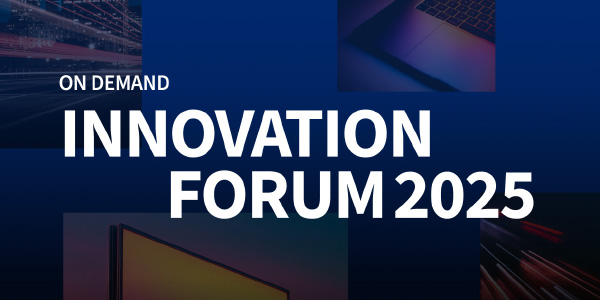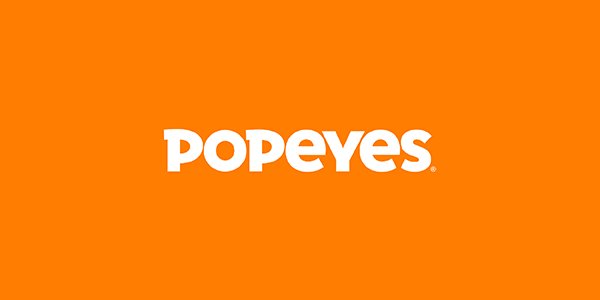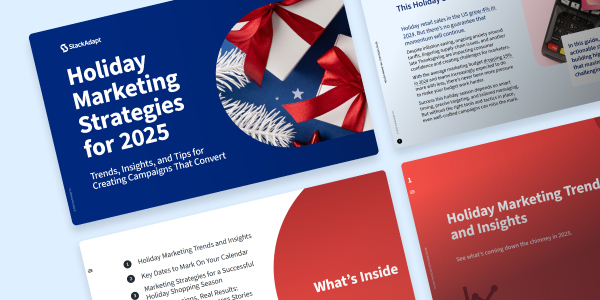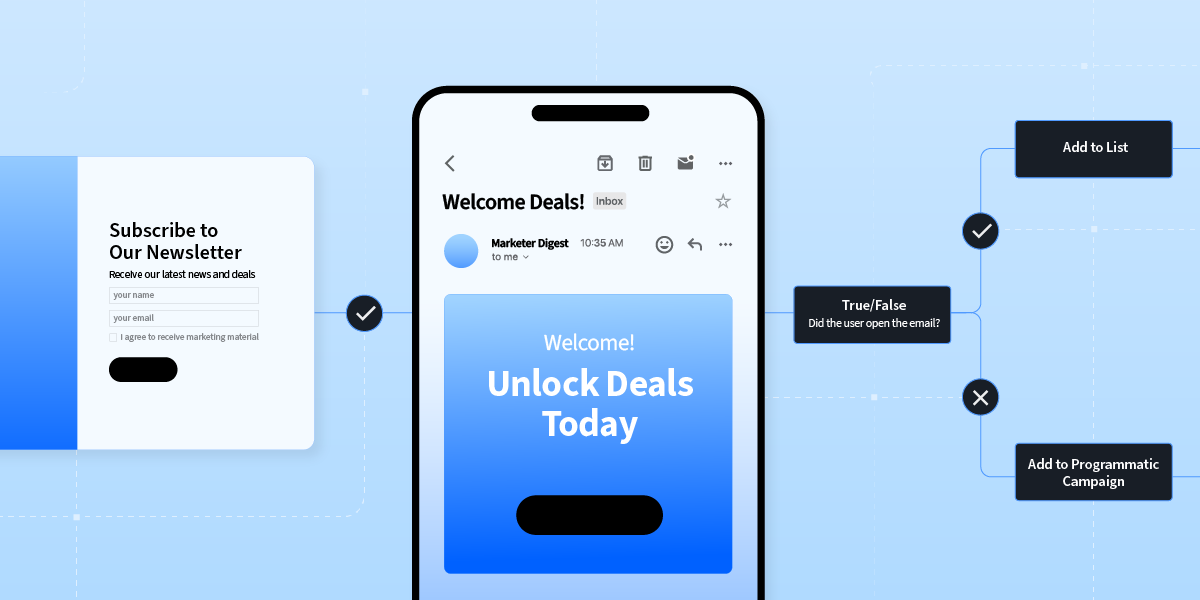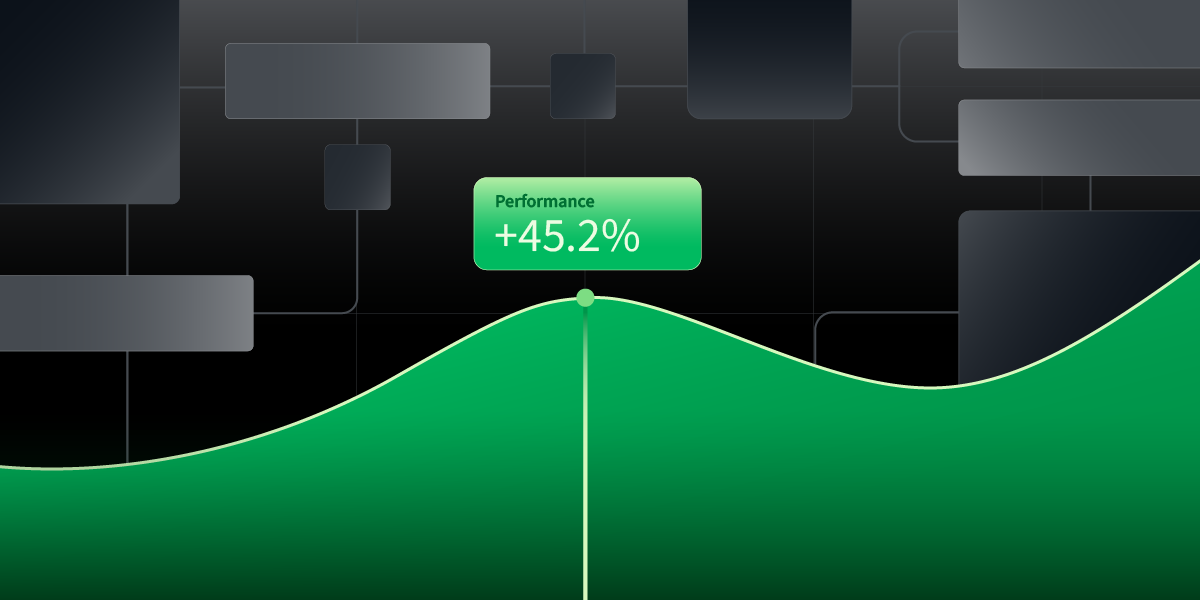Top AI Tools for Advertising: A Guide for Marketing Leaders

AI is quickly becoming a core driver of brand growth, operational efficiency, and competitive edge. In fact, three-quarters of CMOs now use AI to optimize campaigns, personalize experiences, and improve efficiency across marketing operations. And a research report by StackAdapt, shows that 40% of agencies are using Generative AI for content creation.
At the same time, AI-generated content is stirring up controversy. Ads like Coca-Cola’s AI video commercial have faced backlash for feeling cold and disconnected—highlighting the risk of losing the human touch when machines drive creativity.
Still, the reality is moving at a breakneck pace. The gap between AI hype and its real-world capabilities is closing faster than ever. Innovations that sounded far-fetched a few months ago are already being used in production today.
For senior marketers willing to lead the charge, the opportunity is massive. AI can free up creative teams, compress time-to-market, automate tedious workflows, and unlock new levels of personalized brand storytelling. Mastering the right AI tools now is necessary to drive long-term competitive advantage.
AI in Action: How Marketing Leaders Can Apply the Right Tools for the Right Jobs
AI tools aren’t just for experimentation anymore; they’re fast becoming part of the day-to-day workflow for marketing teams. But instead of asking, “Which tool should we try?”, senior marketers should be asking, “Where can AI unlock the most value for our team?”
Here’s how to think about it by use case and which AI marketing tools to test first.
1. Speed Up Copywriting and Campaign Ideation
Need a faster turnaround on copy without compromising tone or clarity? AI can help generate headlines, social captions, long-form drafts, or repurposed content from existing materials.
Use it for:
- Writing ad copy, landing page CTAs, or campaign slogans.
- Brainstorming campaign themes and variations.
- Translating copy for different regions or audience segments.
Tools to try:
- ChatGPT Pro for short-form copy, idea prompts, and tone variations.
- Custom GPTs for brand-specific messaging and internal briefs.
- Claude for longer-form narratives like email sequences or thought leadership.
- Gemini (Google AI) for teams working in Google Workspace (Docs, Gmail, Ads).
- Microsoft Copilot for marketing teams using Microsoft 365 (Word, Excel, Outlook, Teams).
2. Scale Visual Asset Production
Creative bottlenecks slow down growth campaigns. AI design tools can help marketers ideate, test visual concepts, and build mockups with no designer backlog required.
Use it for:
- Rapid creation of campaign visuals, thumbnails, and product imagery.
- Testing different visual directions before committing design resources.
- Ideating social content without relying on stock photo platforms.
Tools to try:
- MidJourney for high-quality, stylized concept art and branded visuals.
- Adobe Firefly to extend image backgrounds and apply visual consistency.
- Canva Magic Studio for quick, AI-powered content layouts.
3. Accelerate Multi-Channel Creative Workflows
AI helps teams adapt one asset across multiple formats and placements—a huge win for global campaigns or paid media testing.
Use it for:
- Resizing and reformatting creative for display, social, and video.
- Localizing content for different regions or audience segments.
- Keeping brand consistency across dozens of ad variations.
Tools to try:
- Adobe Firefly integrated into Photoshop/Illustrator for creative scaling.
- Runway for creating short motion assets from stills.
4. Automate Post-Creation Workflows
After the asset is made, AI can help automate what comes next, turning long-form content into digestible formats or pushing assets across publishing platforms.
Use it for:
- Turning podcasts or webinars into social clips, blog posts, and newsletters.
- Streamlining content repurposing across email, social, and blog.
- Automating publishing tasks and internal approvals.
Tools to try:
- Zapier + ChatGPT/Claude for content workflow automation.
- Descript for podcast-to-video and blog conversion.
- Castmagic for auto-generating episode notes, summaries, and clips.
Comparative Table: AI Tools by Use Case
| Use Case | Recommended Tools | Business Impact |
| Copywriting & Campaign Ideation | ChatGPT, Custom GPTs, Claude, Gemini | Accelerates content production to support more campaign launches, A/B testing, and faster GTM execution. Drives pipeline velocity and marketing-influenced revenue. |
| Visual Asset Production | MidJourney, Adobe Firefly, Canva Magic Studio | Expands creative capacity without additional headcount. Enables rapid content scaling for product launches and brand campaigns. |
| Multi-Channel Creative Scaling | Adobe Firefly, Runway | Increases consistency and efficiency across formats and regions. Supports global campaign delivery while reducing production costs. |
| Post-Creation Automation | Zapier + GPTs, Descript, Castmagic | Reduces operational burden by automating repurposing and publishing workflows. Frees up team bandwidth to focus on strategy, planning, and innovation. |
AI in Programmatic Advertising: Smarter Campaigns with Less Lift
AI is reshaping more than just creative workflows. It’s also transforming how advertisers approach programmatic media buying, helping teams make faster, data-driven decisions while reducing manual work. For marketing leaders, this means more control, better outcomes, and more time to focus on strategic goals.
One example is Ivy™, the AI assistant built directly into StackAdapt’s platform. Ivy™ helps marketers interact with campaign data and platform features using natural language. Instead of navigating multiple reporting tabs or dashboards, users can simply ask questions like “What’s the CTR on my best-performing campaign?” or “How’s my video pacing this week?” Ivy™ responds with clear, actionable answers.
It’s designed to support both newcomers and experienced digital marketers by simplifying performance insights and streamlining campaign optimization.
Here’s what Ivy™ can help with:
- Campaign performance: Ask plain-language questions about metrics like CTR, eCPM, or pacing.
- Strategy support: Get tailored recommendations for channels, tactics, and campaign types based on goals or industry.
- Creative guidance: Explore ideas for full-funnel strategies, messaging, and formats for verticals like e-commerce or B2B.
- Platform navigation: Find setup guidance for pixels, macros, conversion tracking, and more.
While many platforms are adding AI layers onto legacy systems, StackAdapt was built for the modern marketer. Our AI capabilities like Ivy™ are deeply integrated, intuitive, and tailored for fast-moving campaign teams. That’s what sets us apart.
Ivy™ is built to reduce the time marketers spend on manual tasks like pulling reports or re-learning platform workflows. It serves as a practical AI co-pilot, making it easier to launch and manage programmatic campaigns with confidence and speed.
For busy marketing teams, especially those managing multiple campaigns or limited resources, Ivy™ supports smarter execution without adding complexity.
How AI Tools for Advertising Are Powering the Entire Creative Process
AI today acts more like a creative business partner, helping advertisers reduce production timelines, explore new formats, and drive faster iteration cycles. About 80% of CMOs worldwide say AI has improved productivity across their marketing teams, especially in content creation, social media engagement, and ad copywriting.
Instead of just generating headlines, AI is helping teams rewrite long-form content for different personas, create A/B image variations to test creative hypotheses, and generate short-form videos from static assets using tools like Runway.
The biggest advantage? AI removes bottlenecks across the creative process, allowing senior marketers to reallocate resources toward brand strategy, audience insights, and innovation.
What Advertisers Should NOT Automate
AI excels at execution, but real relationships, original thinking, and strategic leadership remain human domains. And although AI may evolve, these are some key risks for senior marketers:
- Relationship building: It’s tempting to automate engagement on social media to save time, but it usually backfires. Automated engagement on LinkedIn feels inauthentic.
- Original thinking: Over-relying on AI can produce safe, repetitive creative output. Without human creativity guiding the prompts and shaping the final work, AI tends to repackage what’s already out there, not create something new.
- Creative strategy: Vision, brand positioning, and campaign architecture require nuanced human judgment. AI is a tool to accelerate execution, not a substitute for vision.
Maintaining human oversight protects brand equity, voice, and public trust.
The Future of AI in Advertising
CMOs’ optimism about AI’s role is growing fast. According to the Boston Consulting Group, 78% of CMOs already felt optimistic about AI’s impact on marketing in 2024. The next wave of AI innovation is poised to shift marketing from efficiency to strategic enablement through:
- Hyper-personalization: Real-time content and creative localization.
- Creative optimization through data: AI suggesting adjustments mid-campaign.
- AI agents: Autonomous tools managing backend media buying.
- Democratization: High-quality production and insights are accessible to smaller brands.
- New martech dynamics: Agile, open ecosystems will be essential to stay competitive.
Senior marketers who design flexible, AI-ready marketing ecosystems today will set the pace for the next decade of growth.
Get Started With The Best AI-Powered Marketing Platform
AI is reshaping advertising—from creative workflows to full-funnel campaign execution. Brands that lean into AI thoughtfully while keeping human creativity and strategic leadership at the centre will define the future of marketing.
Ready to turn AI into your marketing advantage? Explore how StackAdapt helps modern leaders drive stronger channel execution with AI-powered campaign planning and optimization. Request a demo today to learn more.
